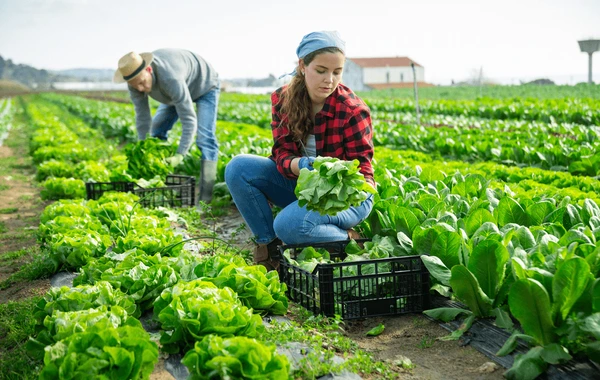Farming has come a long way from simple plows and seasonal planting. Today, it’s a science-backed, data-driven, and technology-rich profession that feeds the world. Whether you’re a farmer, agricultural student, or someone curious about sustainable food production, understanding farming is crucial.
Here are the top 10 best ways to know, understand, and improve farming in the modern age:
1. Visit Real Farms
The best way to understand farming is to step into the soil. Visiting both small and large farms gives firsthand insight into how crops are planted, livestock is raised, and challenges are managed. Talk to local farmers—they are walking libraries of agricultural knowledge.
2. Understand the Soil
Soil is the foundation of farming. Testing soil for pH levels, nutrients, and moisture tells you what can grow best. Knowing your land’s soil type helps determine crop rotation, fertilizer needs, and irrigation methods.
3. Study Crop Cycles and Seasons
Different crops grow in different seasons and climates. Learning about crop cycles, germination, growth patterns, and harvesting times is essential for better yield. Smart planning means higher productivity.
4. Learn About Irrigation Techniques
Water is life for farming. Modern irrigation systems like drip, sprinkler, and pivot systems reduce waste and ensure crops get the right amount of water. Knowing which system suits your farm can save both water and money.
5. Embrace Technology in Agriculture
Use mobile apps, drones, sensors, and GPS tools to monitor crops, track weather, and optimize planting. Precision farming increases efficiency and lowers costs. Many farmers now rely on smart data to make informed decisions.
6. Understand Organic vs. Conventional Methods
Learn the difference between chemical-based and organic farming. Each has pros and cons. Organic farming promotes sustainability and healthier soil, while conventional methods might offer higher yields. The best choice often depends on your goals and location.
7. Get Familiar with Pest and Disease Control
Every farmer must deal with pests and plant diseases. Integrated pest management (IPM), natural predators, and biological controls help maintain healthy crops without overusing chemicals. Knowledge in this area can protect your entire season’s work.
8. Learn About Livestock and Animal Welfare
For mixed farms, understanding how to care for animals is crucial. Healthy animals mean better meat, milk, and egg production. Nutrition, shelter, breeding, and medical care are key to successful livestock farming.
9. Know the Market and Demand
A good farmer grows with the market. Study what products are in demand locally and globally. Knowing current trends—like high-value crops, organic foods, or export opportunities—helps plan profitable harvests.
10. Join Agricultural Communities and Training
Stay connected. Join local farming groups, attend agricultural expos, and participate in online forums. Many governments and universities offer free or low-cost courses and workshops. Learning never ends in farming.
Final Thought
Farming is not just about planting and harvesting—it’s about planning, learning, adapting, and evolving. Whether you’re growing wheat in the plains or vegetables on a rooftop, these top 10 ways help you understand farming better and do it smarter.
A farmer doesn’t just feed a family—they feed the future.

